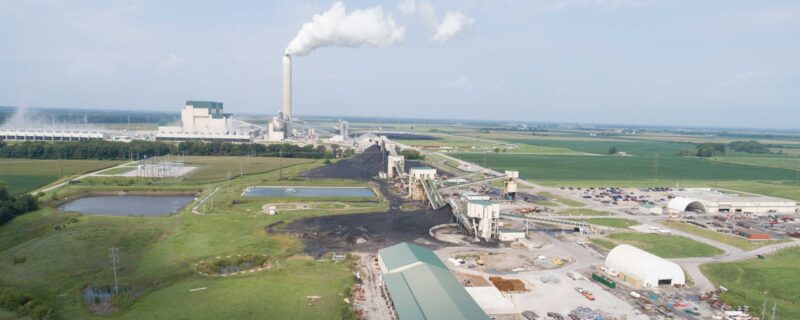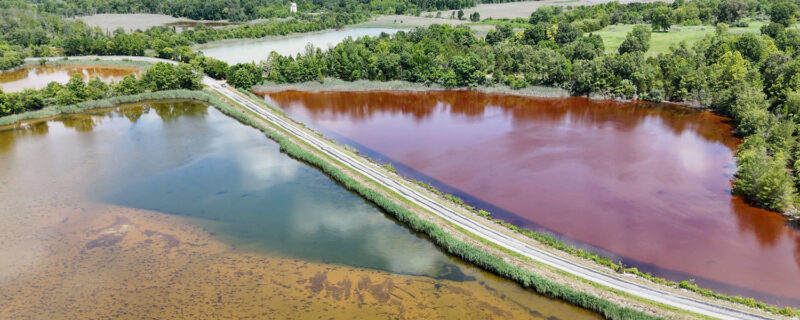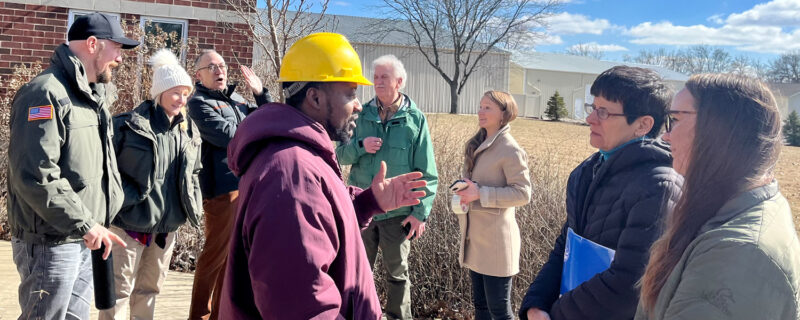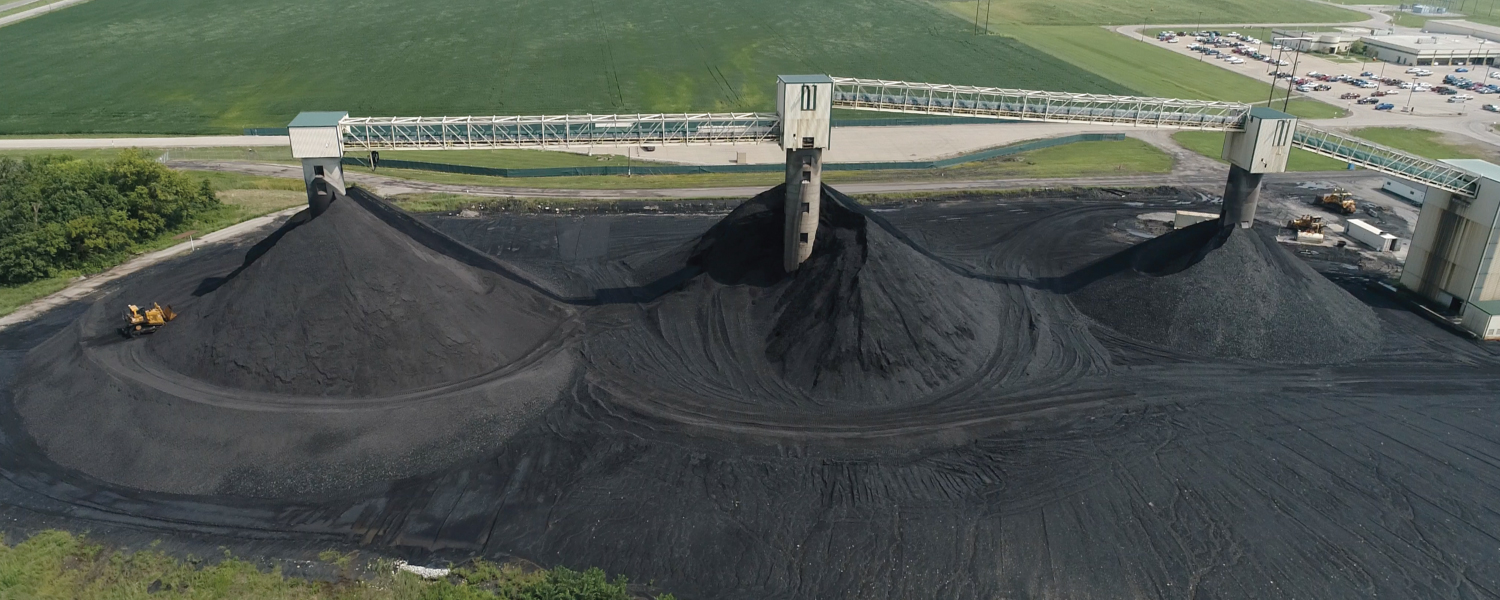“Beautiful, clean coal.” We’ve all heard President Trump use these words as he promises to resurrect the coal industry in the United States.
On April 8th of this year, President Trump signed three executive orders and one proclamation aimed at extending the life of coal-fired power plants and weakening environmental protections for plants and mines. Trump made similar attempts during his first administration, yet during that time coal continued its long-term decline. Coal’s continuing decline has been driven largely by aging coal plants and by falling prices of natural gas and renewables.
The irony is that while Trump cannot significantly resurrect the “beautiful, clean coal” industry, his administration’s actions will in fact make it uglier and dirtier. The April executive orders, in addition to other actions and policies, will worsen air and water pollution, harm the health and safety of miners, saddle taxpayers with environmental clean-up costs, and stall coal community efforts to economically diversify.
Environmental Regulation Rollbacks

Pollution from coal plants has improved since the 1970 passage, and 1990 amendments, of the Clean Air Act, but coal is still far from clean. Burning coal results in harmful emissions like sulfur dioxide, soot (i.e. fine particles), and other pollutants that harm human health. Mercury emissions ultimately accumulate in fish, resulting in restrictions on human fish consumption in Illinois. Millions of tons of coal ash, containing toxic heavy metals, are produced each year and are polluting groundwater at nearly every Illinois coal plant. Burning coal is one of the largest sources of plant-warming greenhouse gas emissions, and Illinois is home to the Prairie State Coal Plant, one of the nation’s biggest CO2 emitters. Despite the well documented human health, environmental, and climate impacts of coal-fired power plants, the Trump administration has taken multiple actions to gut environmental and health regulations.
In March, U.S. Environmental Protection Agency (USEPA) Administrator Lee Zeldin announced the agency will undertake 31 actions to roll back pollution protections that are critical to fight climate change and protect communities from air and water pollution. By executive order and with the help of the USEPA, Trump is passing out “Presidential Exemptions” to power plants to avoid compliance with the Clean Air Act. While it is not clear what the exemptions are, four of the power plants on this list of exceptions are in Illinois.
Perhaps most concerning, Trump issued another executive order directing several agencies to amend many environmental regulations so they end by October 2026. The order establishes a public comment opportunity and an exemption to extend sunset dates for up to five years. But it is unclear what process or scientific review agencies will use in utilizing the exemptions. This action has horrifying implications for decades of environmental progress, but there are questions about the legality of this order that will almost certainly be raised in court.
Weakening of Miner Health and Safety

While claiming to stand up for coal miners, the Trump administration is quietly undermining their health and safety. The Department of Government Efficiency is cutting staff and terminating dozens of office leases for the Mine Safety and Health Administration (MSHA) – the main US agency that protects miners from injury and disease and conducts mine inspections. And at the same time, Trump is delaying compliance with silica dust regulations, despite its direct link to black lung, a deadly, incurable disease still affecting Illinois miners and surging in Appalachia.
Over a hundred MSHA employees are said to have taken the “fork in the road” resignation offer from DOGE, taking with them the critical knowledge and skill that is needed to keep workers safe. What’s more, over 870 of the 1300 employees that work for another important agency, the National Institute of Occupational Safety and Health (NIOSH), were recently cut. These cuts have resulted in the complete elimination of NIOSH’s Coal Workers’ Health Surveillance Program, a program that offers health screenings for miners and allows researchers to identify disease trends across the nation.
Future of Coal Pollution Clean-Up Is At Risk

Coal communities are often saddled with the toxic legacy of mining including polluted water and degraded lands. The 2021 Bipartisan Infrastructure Law included a surge in funding for cleaning up Abandoned Mine Lands (AML), sites mined before 1977 when no laws required clean-up. Illinois’ boost in funding totals over $1 billion, to be received over 15 years. But Trump’s January Unleashing American Energy executive order temporarily paused AML funding, and now, with his backing, Congress is threatening to repeal key climate and clean-up programs. It’s unclear if future years of AML funding will remain after these cuts.
At the same time, Prairie Rivers Network has identified dozens of zombie mines across the state that are no longer producing coal but are not being reclaimed. Unlike AML sites, Zombie Mines are modern-era (post 1977) mines that should be cleaned up by the responsible coal company in a timely manner. Along with our partners we are advocating for policies that would reform the federal Surface Mining Control and Reclamation Act to address the problems of zombie mines. Federal leadership, funding, and regulatory reform is needed to ensure that polluters pay for coal mine clean-up. Unfortunately, the Trump administration and the current Congress are likely to make decisions that benefit corporate polluters, not the environment or communities.
In addition to the staffing cuts that impact miner health and safety, hundreds of staff with the Department of Interior’s Office of Surface Mining Reclamation and Enforcement have reportedly been reduced as well. This agency works alongside state agencies, like Illinois’ Department of Natural Resources, on AML cleanup and the reclamation and enforcement of active coal mines. The loss of these agency staff, and their decades of knowledge, will be detrimental to proper implementation of state and federal coal mining laws, at the expense of people and the environment.
Slashing of Energy Community Reinvestment Support and Programs

Perhaps the least known impact of Trump’s policies is the systematic dismantling of programs designed to help rural and coal communities diversify their economies, transition to clean energy, and plan for the future. In fact, many Inflation Reduction Act and Bipartisan Infrastructure Law programs directed investment to rural and coal communities. These programs were helping to create new jobs, attract clean energy investment, and restore dignity to communities long exploited and neglected. Many of these programs have been frozen, paused, or cancelled.
By way of executive order, Trump disbanded the “Interagency Working Group on Coal and Power Plant Communities and Economic Revitalization” (Energy Communities IWG), a Biden initiative directing twelve federal agencies to work together with coal communities to spur economic revitalization, remediate environmental degradation and support workers. PRN had been supporting the Energy Communities IWG’s Illinois Basin Rapid Response Team with their work in Illinois, including hosting regional meetings and helping communities navigate federal funding opportunities.
We Will Continue to Fight

Illinois is the nation’s fourth largest coal producing state, is still home to seven coal-fired power plants, and has thousands of acres of unreclaimed coal mines. Together with our partners and members, Prairie Rivers Network will demand that Congress protect programs that support the clean-up and energy transition of coal communities. We will push back against regulatory rollbacks and fight for policies that prioritize human health and the future of our planet. We will continue to support coal communities in cleaning up pollution and exploring new energy opportunities. Through our network we will stay informed, get organized, and make our voices heard.







